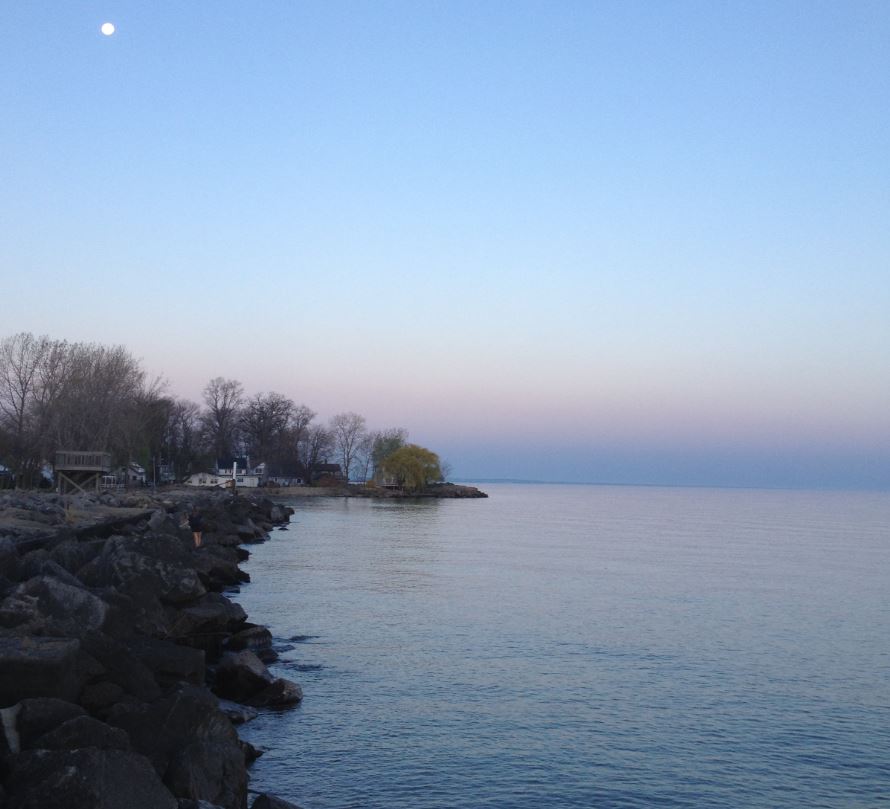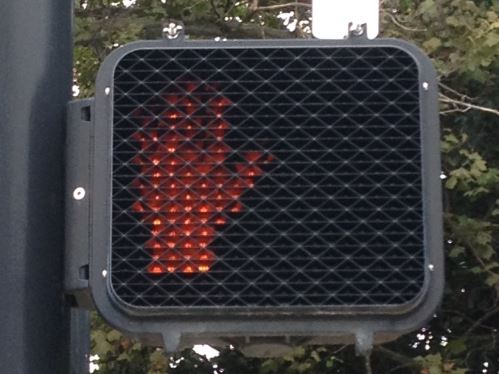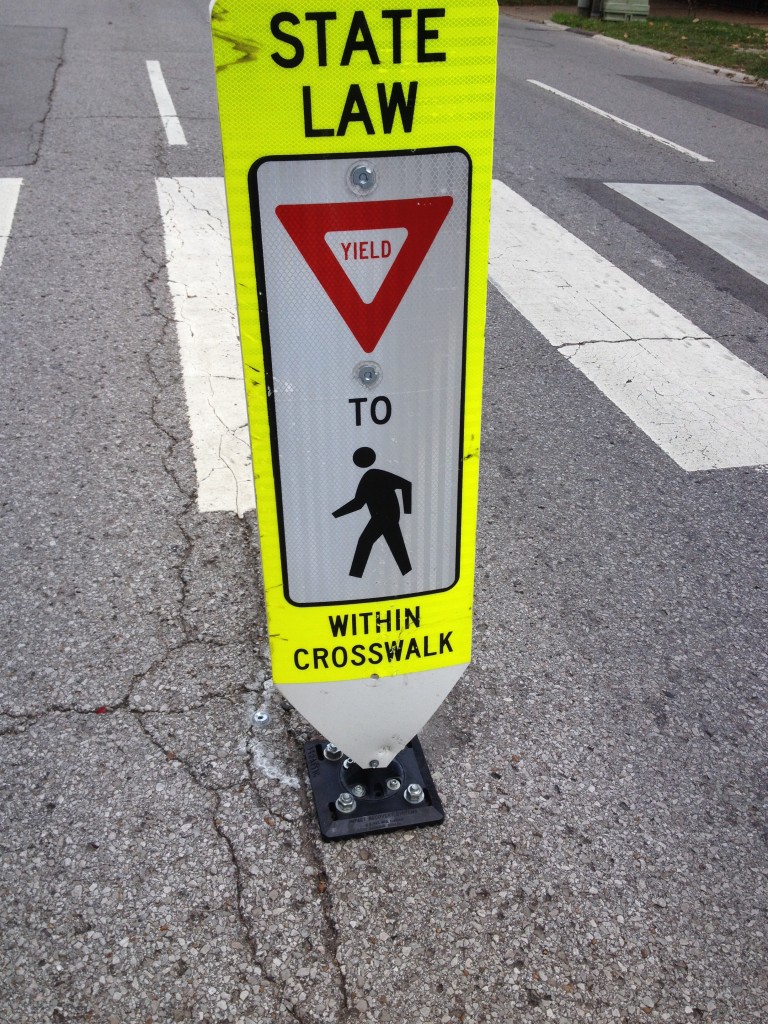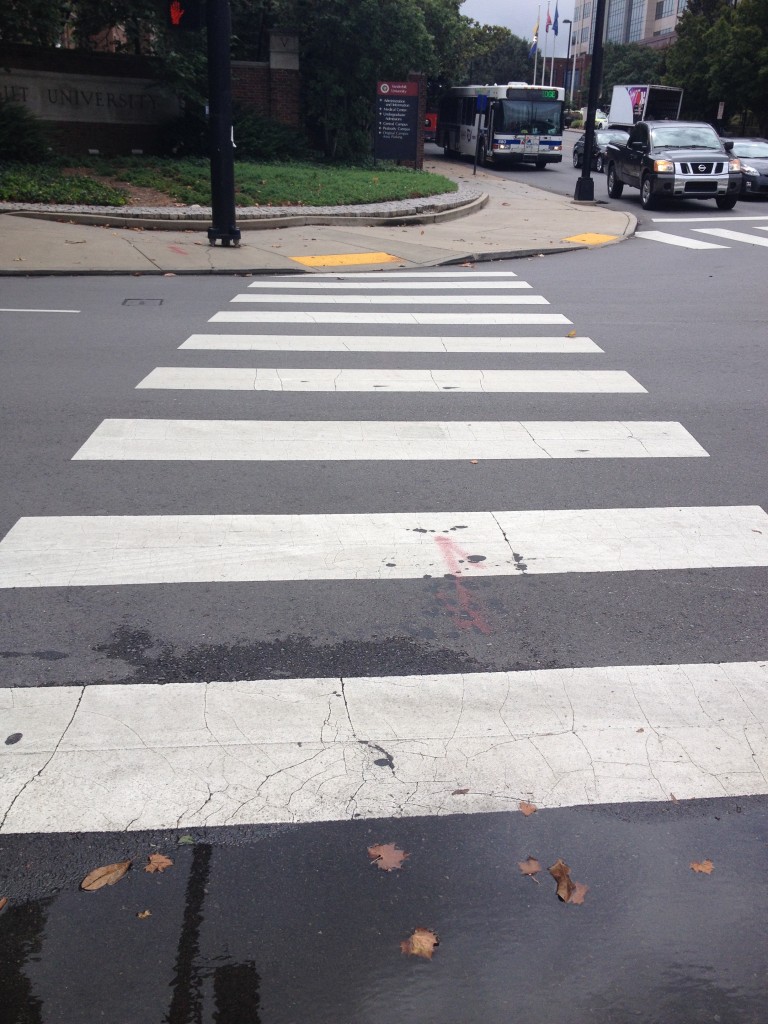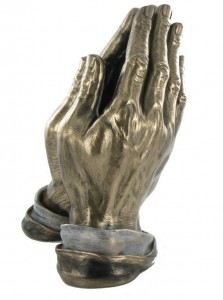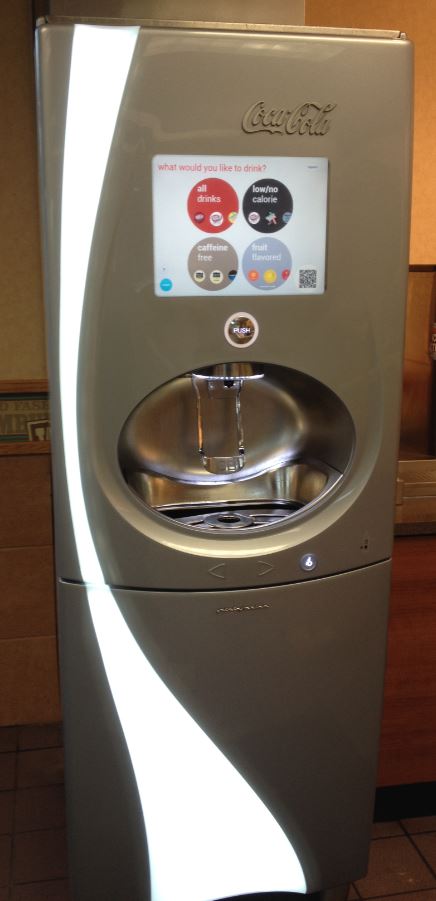 In 1879 amateur archaeologist Marcelino Sanz de Sautuola and his eight-year old daughter discovered prehistoric paintings in a cave near Altamira, Spain. The first time I heard about this I was told it was the cave that was called Altamira because they had to look up—the name roughly translates into English as “look high”, or, more accurately, to look from on high, since Altamira is on a mountain. The person who told me all this had their facts really mixed up, but whenever I think about prehistoric cave paintings, paintings that date back more than thirty-thousand years, I feel kind of like I’m floating. Looking back through that much time is like looking down from a very high point.
In 1879 amateur archaeologist Marcelino Sanz de Sautuola and his eight-year old daughter discovered prehistoric paintings in a cave near Altamira, Spain. The first time I heard about this I was told it was the cave that was called Altamira because they had to look up—the name roughly translates into English as “look high”, or, more accurately, to look from on high, since Altamira is on a mountain. The person who told me all this had their facts really mixed up, but whenever I think about prehistoric cave paintings, paintings that date back more than thirty-thousand years, I feel kind of like I’m floating. Looking back through that much time is like looking down from a very high point.
There’s something really impressive about any graffiti placed high, even if the graffiti itself isn’t that impressive. Maybe it’s because I’m not a big fan of heights, but I admire the effort it took an artist to climb up somewhere and leave their mark. In the example above it’s not particularly high, but graffiti is illegal, and whoever climbed up there was more exposed than they would have been if they’d just worked on the lower walls.
Here’s a more impressive example of high graffiti, snagged from Google Maps because I haven’t been able to get a decent picture of my own. The bus is in the foreground but should still give some idea of how high the piece on the left is.
 Cave paintings and graffiti in high places also makes me think of the poem Memory Cave by Yusef Komunyakaa from his book Thieves Of Paradise.
Cave paintings and graffiti in high places also makes me think of the poem Memory Cave by Yusef Komunyakaa from his book Thieves Of Paradise.
A tallow worked into a knot
of rawhide, with a ball of waxy light
tied to a stick, the boy
scooted through a secret mouth
of the cave, pulled by the flambeau
in his hand. He could see
the gaze of agate eyes
& wished for the forbidden
plains of bison & wolf, years
from the fermented honey
& musty air. In the dried
slag of bear & bat guano,
the initiate stood with sleeping
gods at his feet, lost
in the great cloud of their one
breath. Their muzzles craved
touch. How did they learn
to close eyes, to see into
the future? Before the Before:
mammon was unnamed & mist
hugged ravines & hillocks.
The elders would test him
beyond doubt & blood. Mica
lit the false skies where
stalactite dripped perfection
into granite. He fingered
icons sunlight & anatase
never touched. Ibex carved
on a throwing stick, reindeer
worried into an ivory amulet,
& a bear’s head. Outside,
the men waited two days
for him, with condor & bovid,
& not in a thousand years
would he have dreamt a woman
standing here beside a man,
saying, “This is as good
as the stag at Salon Noir
& the polka-dotted horses.”
The man scribbles Leo loves
Angela below the boy’s last bear
drawn with manganese dioxide
& animal fat. This is where
sunrise opened a door in stone
when he was summoned to drink
honey wine & embrace a woman
beneath a five-pointed star.
Lying there beside the gods
hefty & silent as boulders,
he could almost remember
before he was born, could see
the cliff from which he’d fall.
Like this:
Like Loading...



